MSI Pulse GL76 review – brand new hardware but could have been better
 MSI is one of the big names in the gaming market. Together with ASUS’s ROG, and Dell’s Alienware, they are the most recognizable brands, when it comes to portable gaming computers. Ultimately, they have a lot of series to cover a big customer base. Today, we will show you one of their latest additions – the Pulse GL76.
MSI is one of the big names in the gaming market. Together with ASUS’s ROG, and Dell’s Alienware, they are the most recognizable brands, when it comes to portable gaming computers. Ultimately, they have a lot of series to cover a big customer base. Today, we will show you one of their latest additions – the Pulse GL76.
What is really impressive about it, is the fact that it comes with the latest and greatest from both Intel, and NVIDIA. Yep, you can find a Core i7-11800H, and an RTX 3060. As a matter of fact, it is the same offering you get as the 15-inch Pulse GL66.
The same can be said about the display options. Thankfully, both the offerings sound promising. The first one is a 1080p 144Hz IPS panel, while the second, has a resolution of 2560 x 1440p, and a refresh rate of 165Hz.
You can check the prices and configurations in our Specs System: https://laptopmedia.com/series/msi-pulse-gl76/
Contents
Specs Sheet
- HDD/SSD
- hasta 1000GB SSD + hasta 1000GB HDD
- Ranura M.2
- 2x M.2 PCIe x4 slots Ver foto
- RAM
- up to 64GB
- OS
- No OS, Windows 10 Home, Windows 10 Pro
- Batería
- 53Wh, 3-cell
- Material del cuerpo
- Plastic / Polycarbonate, Aluminum
- Dimensiones
- 398 x 273 x 24.2 mm (15.67" x 10.75" x 0.95")
- Peso
- 2.60 kg (5.7 lbs)
- Puertos y conectividad
- 1x USB Type-A
- 2.0
- 2x USB Type-A
- 3.2 Gen 1 (5 Gbps)
- 1x USB Type-C
- 3.2 Gen 1 (5 Gbps)
- HDMI
- Ethernet LAN
- 10, 100, 1000 Mbit/s
- Wi-Fi
- 802.11ax
- Bluetooth
- 5.1
- Conector de audio
- 3.5mm Combo Jack
- Features
- Lector de huellas dactilares
- Cámara web
- HD
- Teclado retroiluminado
- Altavoces
- Stereo Speakers by Nahimic Audio
- Unidad óptica
Todo MSI Pulse GL76 (11Ux) configuraciones
What’s in the box?
Open the box, and you will find some paper manuals, a 180W power brick, and the laptop, itself.
Design and construction
This notebook is a combination of plastic and aluminum. Well, the latter is only used for the lid, while the former material comprises most of the machine. Despite the predominant use of plastic, the build quality is good, and the structure is rigid. Interestingly, the Pulse GL76 is 100 grams heavier (2.60 kg) than its spiritual predecessor, but about 4mm thinner (24.2mm).
Thankfully, the lid opens easily with a single hand, and its structure is also pretty tough. Its matte display has thin bezels around it, and there is a 720p Webcam for conference calls.
Now, let’s take a look at the base. You can see a pronounced slot action above the keyboard. It is pretty obvious that MSI has reused the keyboard unit from their Pulse GL66 laptop, as the keycaps look tiny compared to the humongous base area. Naturally, this results in decent key travel but slightly soft feedback, which is not ideal for gaming (and for typing). On the bright side, you get a NumberPad, whose keys are even smaller than the rest.
Surprisingly, the touchpad feels a bit more finicky than that of the Pulse GL66. However, it retains the same smooth and fast gliding and tracking experience.
And if you look at the bottom panel, you will see two speaker cutouts, as well as a huge ventilation grill. Expectedly, the hot air escapes from two slots on the back, and one on the left side of the notebook.
Ports
On the left side, there is the power plug, as well as two USB Type-A ports – one 3.2 (Gen. 1), and one 2.0. Then, on the right, there is an RJ-45 connector. It is followed by an HDMI connector, a USB Type-C 3.2 (Gen. 1) port, a USB Type-A 3.2 (Gen. 1) port, and an audio jack.
Disassembly, upgrade options and maintenance
There are 13 Phillips-head screws holding this notebook. After you undo them, you need to pry the panel with a plastic tool.
The picture inside looks pretty familiar. This is because GL76 and GL66 use the same platform. With that said, the laptop has a battery capacity of 53.5Wh.
Memory-wise, there are two SODIMM slots, which support 64GB of RAM in total. As for the storage, we were surprised to see two M.2 PCIe x4 slots, and one 2.5-inch SATA drive bay.
The cooling solution consists of three heat sinks and a total of six heat pipes. Respectively, two fans of different sizes.
Display quality
MSI Pulse GL76 has a 144Hz Full HD IPS screen, model number Innolux N173HCE-G33 (CMN176E). Its diagonal is 17.3″ (43.94 cm), and the resolution – 1920 х 1080. Additionally, the screen ratio is 16:9, the pixel density – 127 ppi, their pitch – 0.2 x 0.2 mm. The screen can be considered Retina when viewed from at least 69 cm (from this distance, the average human eye can’t see the individual pixels).

Its viewing angles are comfortable. We have provided images at 45 degrees to evaluate quality.

The maximum measured brightness is 338 nits (cd/m2) in the middle of the screen and 324 nits (cd/m2) average across the surface with a maximum deviation of 8%. The Correlated Color Temperature on a white screen and at maximum brightness is 7300K (average) – colder than the 6500K optimum for sRGB.
In the illustration below you can see how the display performs from a uniformity perspective. The illustration below shows how matters are for operational brightness levels (approximately 140 nits) – in this particular case at 58% Brightness (White level = 142 cd/m2, Black level = 0.11 cd/m2).
Values of dE2000 over 4.0 should not occur, and this parameter is one of the first you should check if you intend to use the laptop for color-sensitive work (a maximum tolerance of 2.0 ). The contrast ratio is good – 1240:1.
To make sure we are on the same page, we would like to give you a little introduction to the sRGB color gamut and the Adobe RGB. To start, there’s the CIE 1976 Uniform Chromaticity Diagram that represents the visible specter of colors by the human eye, giving you a better perception of the color gamut coverage and the color accuracy.
Inside the black triangle, you will see the standard color gamut (sRGB) that is being used by millions of people on HDTV and on the web. As for the Adobe RGB, this is used in professional cameras, monitors, etc for printing. Basically, colors inside the black triangle are used by everyone and this is the essential part of the color quality and color accuracy of a mainstream notebook.
Still, we’ve included other color spaces like the famous DCI-P3 standard used by movie studios, as well as the digital UHD Rec.2020 standard. Rec.2020, however, is still a thing of the future and it’s difficult for today’s displays to cover that well. We’ve also included the so-called Michael Pointer gamut, or Pointer’s gamut, which represents the colors that naturally occur around us every day.
The yellow dotted line shows MSI Pulse GL76’s color gamut coverage.
Its display covers 93% of the sRGB/ITU-R BT.709 (web/HDTV standard) in CIE1976, which provides a vibrant and punchy image.

Our “Design and Gaming” profile delivers optimal color temperature (6500K) at 140 cd/m2 luminance and sRGB gamma mode.
We tested the accuracy of the display with 24 commonly used colors like light and dark human skin, blue sky, green grass, orange, etc. You can check out the results at factory condition and also, with the “Design and Gaming” profile.
Below you can compare the scores of MSI Pulse GL76 with the default settings (left), and with the “Gaming and Web design” profile (right).
The next figure shows how well the display is able to reproduce really dark parts of an image, which is essential when watching movies or playing games in low ambient light.
The left side of the image represents the display with stock settings, while the right one is with the “Gaming and Web Design” profile activated. On the horizontal axis, you will find the grayscale, and on the vertical axis – the luminance of the display. On the two graphs below you can easily check for yourself how your display handles the darkest nuances but keep in mind that this also depends on the settings of your current display, the calibration, the viewing angle, and the surrounding light conditions.

Response time (Gaming capabilities)
We test the reaction time of the pixels with the usual “black-to-white” and “white-to-black” method from 10% to 90% and vice versa.
We recorded Fall Time + Rise Time = 8 ms.

Health impact – PWM / Blue Light
PWM (Screen flickering)
Pulse-width modulation (PWM) is an easy way to control monitor brightness. When you lower the brightness, the light intensity of the backlight is not lowered, but instead turned off and on by the electronics with a frequency indistinguishable to the human eye. In these light impulses, the light/no-light time ratio varies, while brightness remains unchanged, which is harmful to your eyes. You can read more about that in our dedicated article on PWM.
MSI Pulse GL76 uses PWM to adjust its screen brightness up to 84 nits. However, the flickers are with a very high frequency (24.5 kHz), which is rather safe for the eyes during extended periods of use.

Blue light emissions
Installing our Health-Guard profile not only eliminates PWM but also reduces the harmful Blue Light emissions while keeping the colors of the screen perceptually accurate. If you’re not familiar with the Blue light, the TL;DR version is – emissions that negatively affect your eyes, skin, and your whole body. You can find more information about that in our dedicated article on Blue Light.
Conclusions
MSI Pulse GL76’s IPS panel has a Full HD resolution, comfortable viewing angles, and a good contrast ratio. Impressively, it has a wide color coverage (93% of sRGB) and offers accurate color representation, especially with our Gaming and Web design profile. Its backlight uses PWM that works at very high frequency only at low brightness levels, which is not an issue, whatsoever. Thankfully for gamers, the pixel response times are fast, which results in a butter-smooth image. Ultimately, the panel is the same as that of the more expensive MSI GP76 Leopard.
Buy our profiles
Since our profiles are tailored for each individual display model, this article and its respective profile package are meant for MSI Pulse GL76 configurations with 17.3″ Innolux N173HCE-G33 (CMN176E) (FHD, 1920 × 1080) IPS.
*Should you have problems with downloading the purchased file, try using a different browser to open the link you’ll receive via e-mail. If the download target is a .php file instead of an archive, change the file extension to .zip or contact us at [email protected].
Read more about the profiles HERE.
Además de recibir perfiles eficientes y respetuosos con la salud, al comprar los productos de LaptopMedia también apoyas el desarrollo de nuestros laboratorios, donde probamos los dispositivos para elaborar las reseñas más objetivas posibles.

Trabajo de oficina
El perfil Trabajo de Oficina debería ser utilizado sobre todo por usuarios que pasan la mayor parte del tiempo mirando trozos de texto, tablas o simplemente navegando. Este perfil pretende ofrecer una mayor nitidez y claridad manteniendo una curva de gamma plana (2,20), una temperatura de color nativa y colores perceptualmente precisos.

Diseño y juego
Este perfil está dirigido a los diseñadores que trabajan con los colores de forma profesional, y también para juegos y películas. Design and Gaming lleva a los paneles de visualización a sus límites, haciéndolos tan precisos como sea posible en el estándar sRGB IEC61966-2-1 para Web y HDTV, en el punto blanco D65.

Salud-Guardia
Salud-Guardia elimina la perjudicial Modulación de Ancho de Pulso (PWM) y reduce la luz azul negativa que afecta a nuestros ojos y a nuestro cuerpo. Al estar adaptado a cada panel, consigue mantener los colores perceptivamente precisos. Salud-Guardia simula el papel, por lo que la presión sobre los ojos se reduce considerablemente.
Consigue los 3 perfiles con un 33% de descuento
Sound
MSI Pulse GL76’s speakers produce a sound of good quality. Its low, mid, and high tones are clear of deviations. As with the smaller Pulse GL66, the maximum volume is a bit low.

Drivers
All of the drivers and utilities for this notebook can be downloaded from here: https://www.msi.com/Laptop/support/Pulse-GL76-11UX
Battery
Now, we conduct the battery tests with Windows Better performance setting turned on, screen brightness adjusted to 120 nits and all other programs turned off except for the one we are testing the notebook with. This laptop’s 53.5Wh battery lasts for 4 hours and 29 minutes of Web browsing, and 3 hours and 53 minutes of video playback.
Para simular las condiciones de la vida real, utilizamos nuestro propio script de navegación automática por más de 70 sitios web.

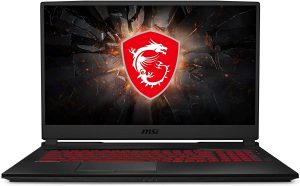
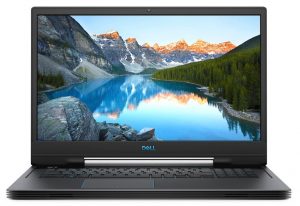

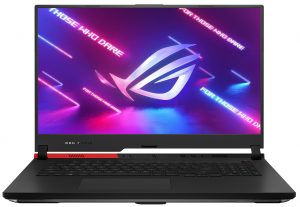
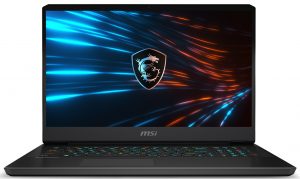
Para cada prueba de este tipo, utilizamos el mismo vídeo en HD.






CPU options
This device can be found with the Core i5-11400H, and Core i7-11800H – Tiger Lake H45 processors with a ton of cache.
Los resultados proceden de la prueba de CPU Cinebench 20 (cuanto mayor sea la puntuación, mejor)
Los resultados proceden de nuestra prueba de referencia de Photoshop (cuanto más baja sea la puntuación, mejor)
GPU options
On the graphics side, you get an RTX 3050, RTX 3050 Ti, RTX 3060, and allegedly – RTX 3070.
Los resultados proceden de la prueba 3DMark: Time Spy (Graphics) (cuanto mayor sea la puntuación, mejor)
Los resultados proceden de la prueba 3DMark: Fire Strike (Graphics) (cuanto mayor sea la puntuación, mejor)
Los resultados proceden de la prueba comparativa Unigine Superposition (cuanto mayor sea la puntuación, mejor)
Gaming tests

| Far Cry 5 | Full HD, Normal (Check settings) | Full HD, High (Check settings) | Full HD, Ultra (Check settings) |
|---|---|---|---|
| Average | 123 fps | 114 fps | 105 fps |

| Rise of the Tomb Raider (2016) | Full HD, Medium (Check settings) | Full HD, Very High (Check settings) | Full HD, MAX (Check settings) |
|---|---|---|---|
| Average | 143 fps | 79 fps | 54 fps |

| Tom Clancy’s Ghost Recon Wildlands | Full HD, High (Check settings) | Full HD, Very High (Check settings) | Full HD, Ultra (Check settings) |
|---|---|---|---|
| Average | 100 fps | 86 fps | 56 fps |

| Shadow of the Tomb Raider (2018) | Full HD, Medium (Check settings) | Full HD, High (Check settings) | Full HD, Highest (Check settings) |
|---|---|---|---|
| Average | 108 fps | 102 fps | 66 fps |
Temperatures and comfort
Max CPU load
In this test we use 100% on the CPU cores, monitoring their frequencies and chip temperature. The first column shows a computer’s reaction to a short load (2-10 seconds), the second column simulates a serious task (between 15 and 30 seconds), and the third column is a good indicator of how good the laptop is for long loads such as video rendering.
Average core frequency (base frequency + X); CPU temp.
| Intel Core i7-11800H (45W TDP) | 0:02 – 0:10 sec | 0:15 – 0:30 sec | 10:00 – 15:00 min |
|---|---|---|---|
| MSI Pulse GL76 | 3.16 GHz (B+37%) @ 95°C @ 65W | 3.00 GHz (B+30%) @ 95°C @ 59W | 2.87 GHz (B+25%) @ 95°C @ 55W |
| MSI Pulse GL66 | 2.94 GHz (B+28%) @ 94°C @ 58W | 2.76 GHz (B+20%) @ 94°C @ 52W | 2.77 GHz (B+20%) @ 94°C @ 52W |
As you can see, the Core i7-11800H inside of the GL76 works at a slightly higher frequency than that inside of the smaller device. However, the temperature situation doesn’t look good.
Real-life gaming
| NVIDIA GeForce RTX 3060 | GPU frequency/ Core temp (after 2 min) | GPU frequency/ Core temp (after 30 min) | GPU frequency/ Core temp (Max Fan) |
|---|---|---|---|
| MSI Pulse GL76 | 1488 MHz @ 83°C @ 85W | 1413 MHz @ 87°C @ 80W | 1506 MHz @ 77°C @ 85W |
| MSI Pulse GL66 | 1433 MHz @ 83°C @ 85W | 1408 MHz @ 87°C @ 84W | 1437 MHz @ 81°C @ 85W |
| MSI GP66 Leopard | 1863 MHz @ 72°C @ 124W | 1852 MHz @ 75°C @ 125W | 1849 MHz @ 69°C @ 127W |
| MSI GP76 Leopard | 1860 MHz @ 71°C @ 129W | 1857 MHz @ 73°C @ 128W | 1869 MHz @ 67°C @ 128W |
Once again, the speed of this device’s GPU is faster than that of the 15-inch model. Moreover, turning on the boost function of the fans does make a bigger impact. Nevertheless, we are still not impressed with the way this notebook’s cooling setup handles the 85W version of the RTX 3060.
Gaming comfort
Unfortunately, the keyboard gets way too warm during gaming. Yes, the WASD side is the coolest, but the rest is just too warm for comfort.

Verdict
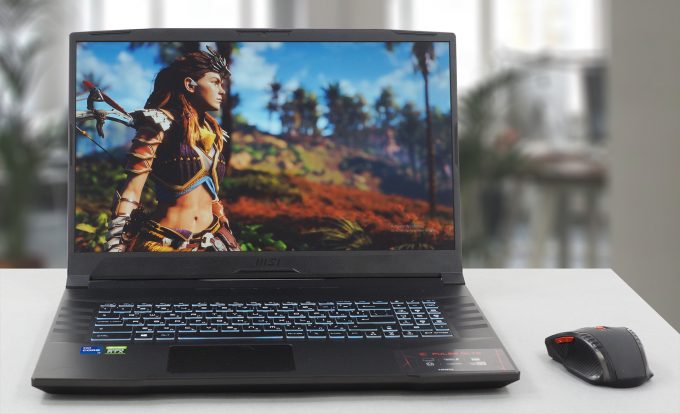 One of you guys suggested that the Pulse GL76 will be generally the same as the Pulse GL66. What can we say – you could not have been more accurate in your assumptions. Ultimately, both devices share the same platform. This includes the brand new Tiger Lake H45 chips from Intel and the Ampere GPUs from NVIDIA. However, it doesn’t end there.
One of you guys suggested that the Pulse GL76 will be generally the same as the Pulse GL66. What can we say – you could not have been more accurate in your assumptions. Ultimately, both devices share the same platform. This includes the brand new Tiger Lake H45 chips from Intel and the Ampere GPUs from NVIDIA. However, it doesn’t end there.
Both laptops have the same 53.5Wh battery life which doesn’t bode well with the 144Hz display. Once again, we got unimpressive screen-on times, but interestingly, they were slightly better on the larger device – 4 hours and 29 minutes of Web browsing, and 3 hours and 53 minutes of video playback. This indicates a more efficient display.
Speaking of which, MSI Pulse GL76’s IPS panel has a Full HD resolution, comfortable viewing angles, and a good contrast ratio. Impressively, it has a wide color coverage (93% of sRGB) and offers accurate color representation, especially with our Gaming and Web design profile. Its backlight uses PWM that works at very high frequency only at low brightness levels, which is not an issue, whatsoever. Thankfully for gamers, the pixel response times are fast, which results in a butter-smooth image. Ultimately, the panel is the same as that of the more expensive MSI GP76 Leopard.
Again, the upgradability is great with two SODIMM slots for up to 64GB of dual-channel RAM, as well as two M.2 PCIe x4 slots for storage. Moreover, you get one 2.5-inch SATA slot as well.
Unfortunately, the biggest drawback of this laptop is the cooling. Although slightly better than the 15-inch model, the temperatures are sky-high – both on the CPU and the GPU. Because of the larger space inside of the Pulse GL76, you get a bit more headroom, thus higher clocks. But we don’t feel that the optional overclock through the MSI center is useful. Also, the temperatures on the keyboard are too high, and it’s not really comfortable to play games for long periods of time. Our advice would be to lock the frame rate and use a lower graphics setting. Then again, this eliminates the perks of having hardware this powerful.
At the end of the day, there are laptops out there that offer more performance for a similar amount of money. The Acer Nitro 5 (AN517-42) is a good alternative (stay updated for its own in-depth review).
You can check the prices and configurations in our Specs System: https://laptopmedia.com/series/msi-pulse-gl76/
Pros
- Two SODIMM slots, two M.2 PCIe x4 slot, one 2.5-inch SATA slot
- Rigid structure
- Lacks PWM (AUO B156HAN08.0 (AUO80ED))
- 93% sRGB coverage and accurate colors with our Gaming and Web design profile (AUO B156HAN08.0 (AUO80ED))
- Fast pixel response times and 144Hz refresh rate (AUO B156HAN08.0 (AUO80ED))
Cons
- No SD card reader and Thunderbolt 4
- Runs hot
- Short battery life
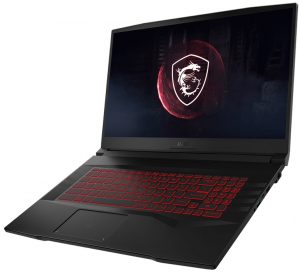
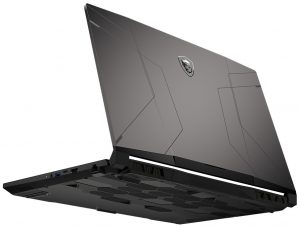
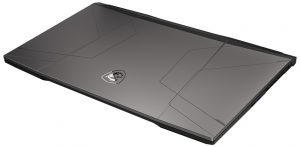
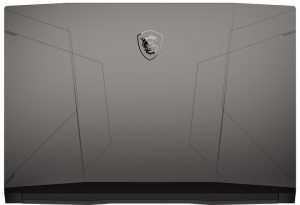
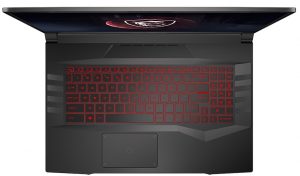
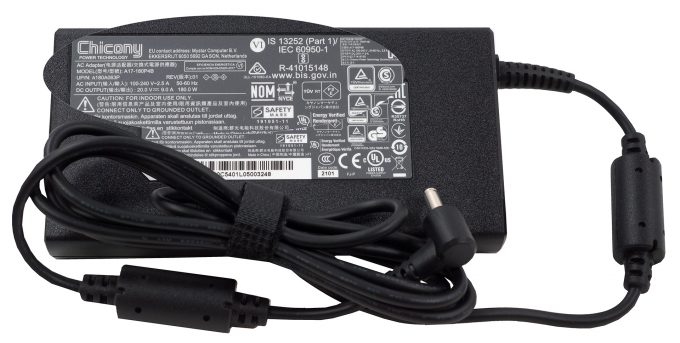
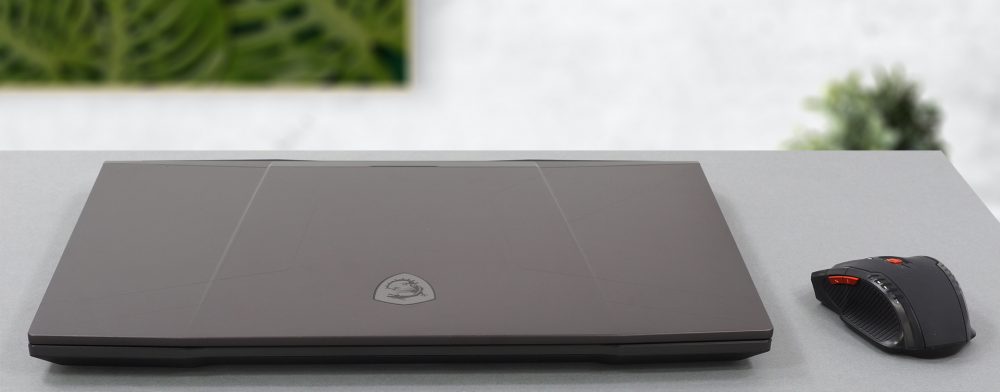

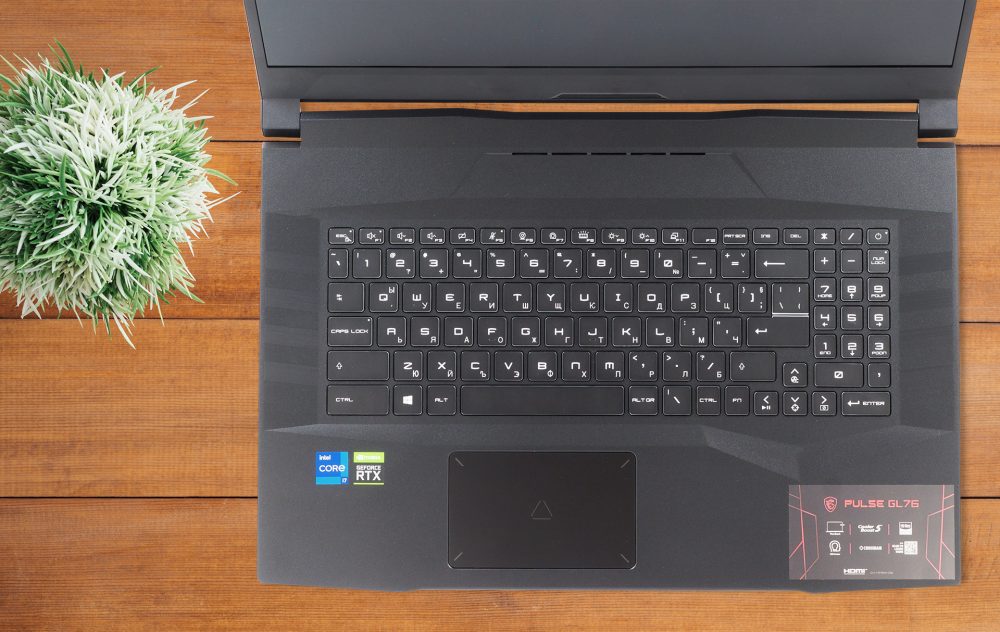
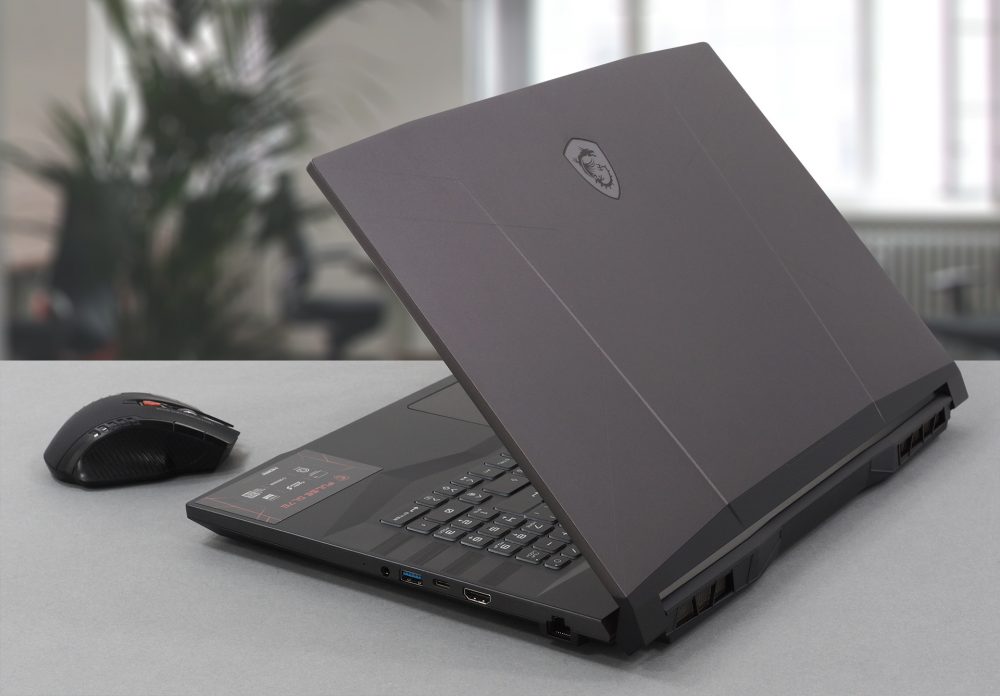



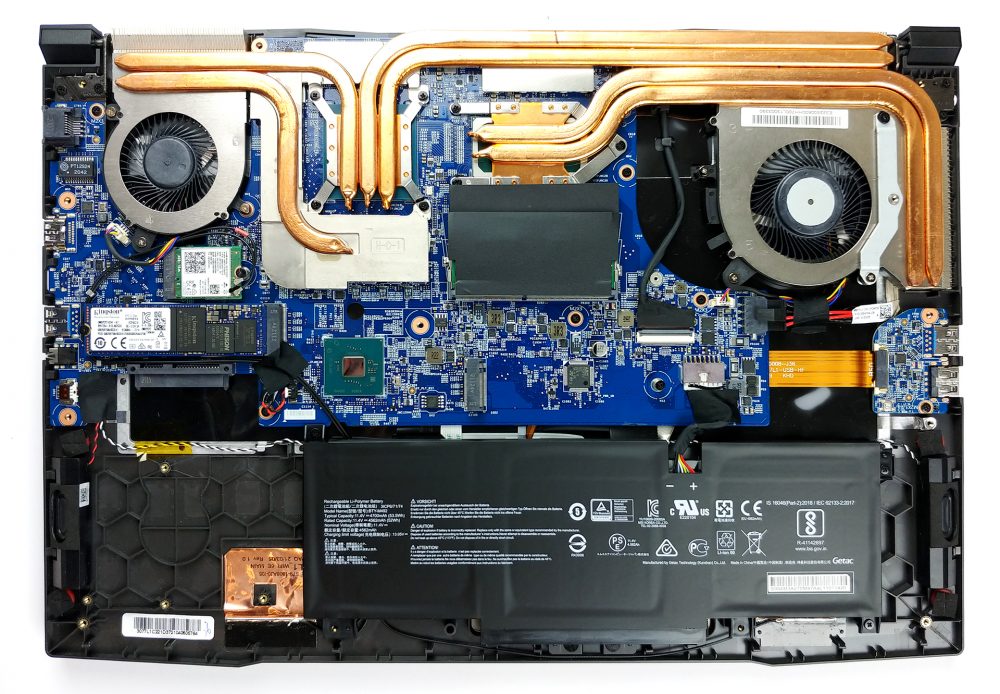
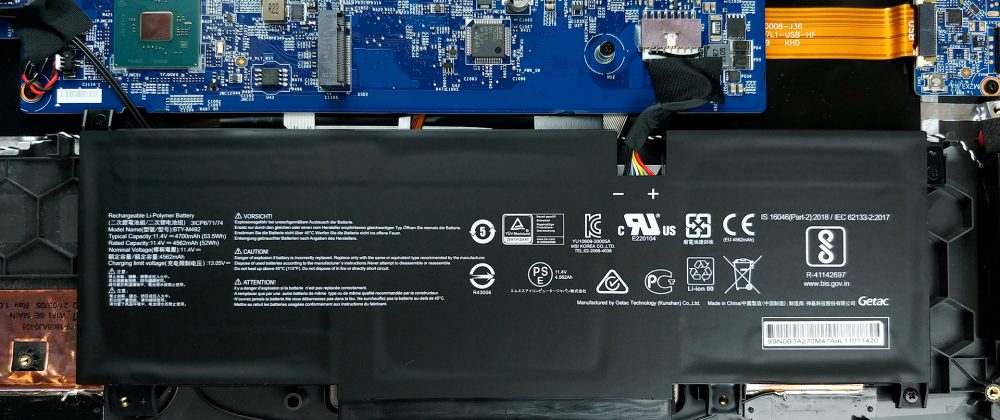
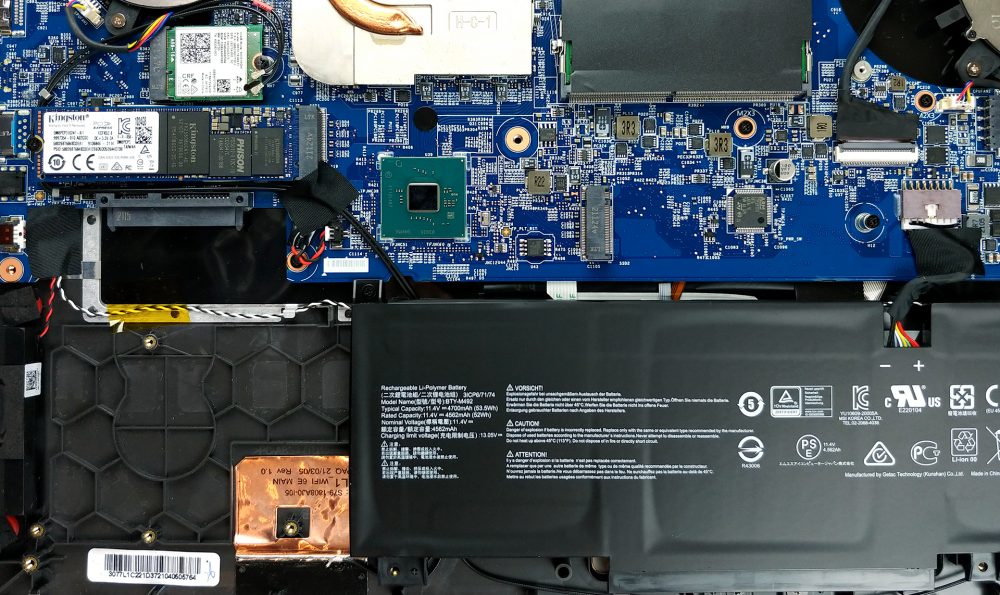
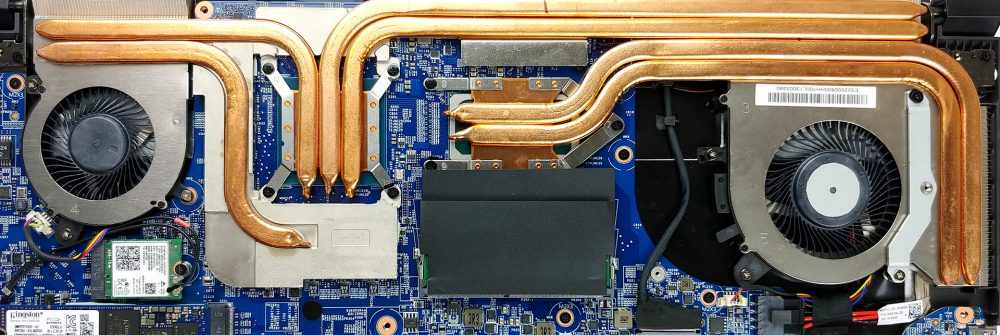













Thank you for the review.
If you can please review Lenovo Ideapad 5 Pro.
Dell Inspiron 16 PLUS was released today. Can you review it?